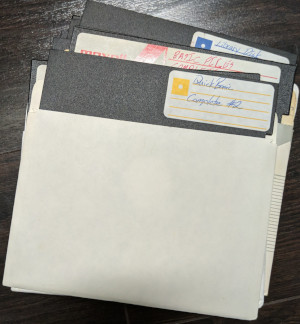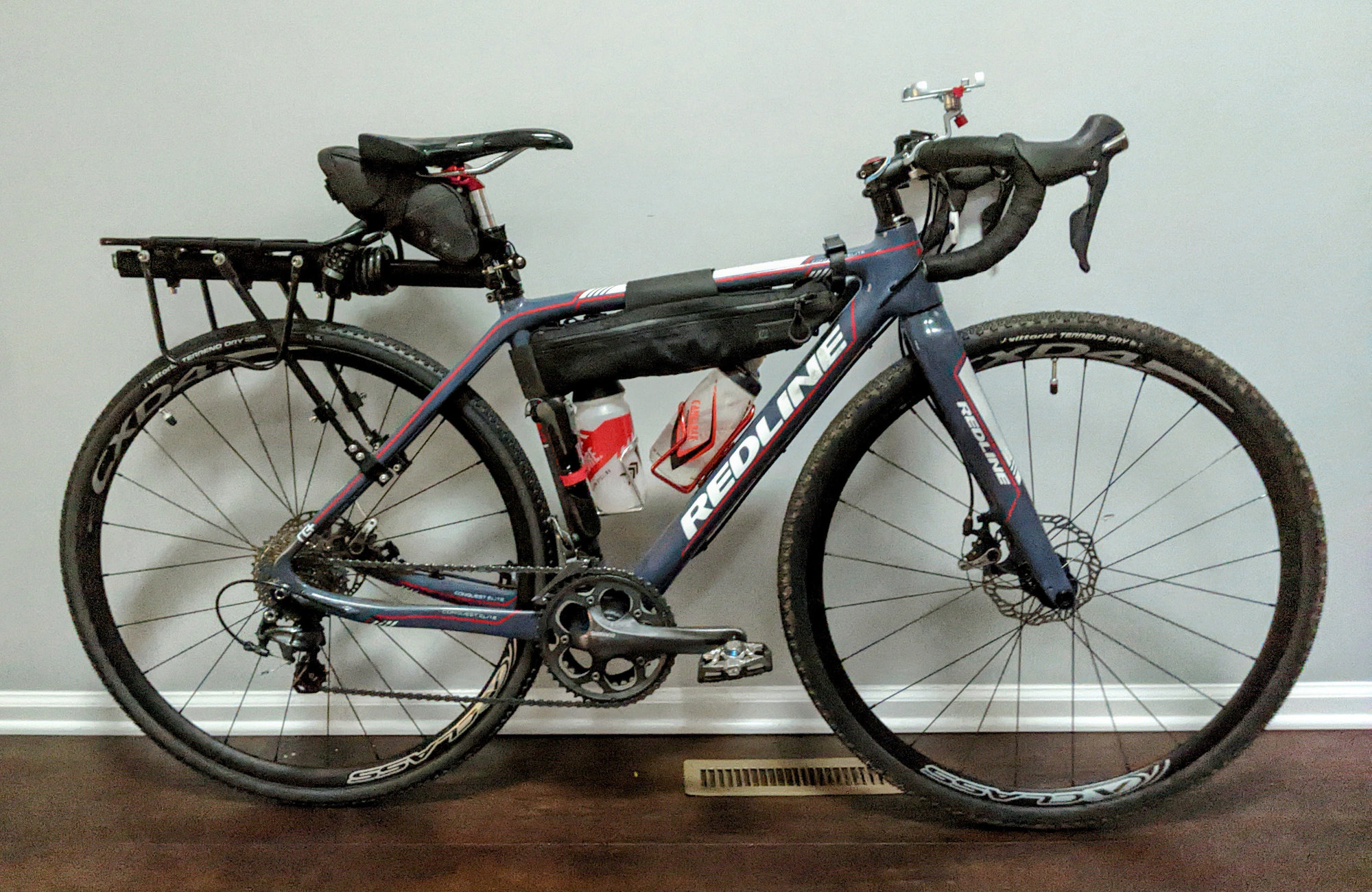Remapping CoPilot Key on IdeaPad with Keyd and CW
The CoPilot Key
The Lenovo IdeaPad 5 has a CoPilot where it should have
a Control Key.
The key simulates a combination of keys,
so normal ways of mapping the key do not work.
keyd can hook the key,
though,
and present another virtual keyboard device.
Left and Right Ctrl
Apparently, people often want keyd
for mapping the Right Ctrl to the Left Ctrl,
so it does it by default.
USB Adapter for CW Keys
There are inexpensive USB adapters
that allow plugging a CW key or Iambic paddle
into the computer
for use with vBand
or other games.
The paddles are mapped to Left and Right Ctrl keys
on the keyboard,
so if you happen to be running keyd,
its default behavior will interfere
and cause both sides of the paddle to trigger the same dit or dah.
Fortunately, we can undo this broken behavior to get the key working again.
The Complete Configuration
Create /etc/keyd/default.conf:
[ids] * [main] # copilot key leftshift+leftmeta+f23 = rightcontrol # keep right ctrl as it is. keyd by default remaps it to left ctrl for some reason rightcontrol = rightcontrol
Testing
After the mappings have been applied,
you can be observe it with evtest.
You’ll also see the key working in vBand.
I wouldn’t have needed keyd if it wasn’t for
needing to remap the useless CoPilot key.


